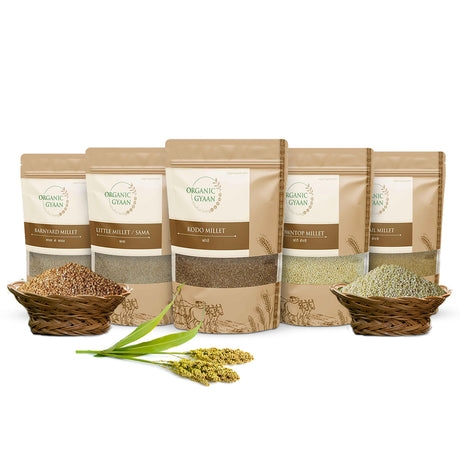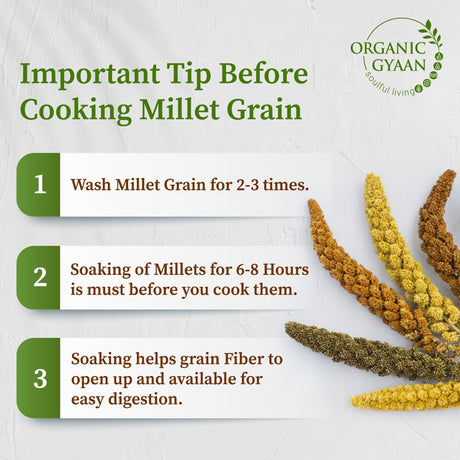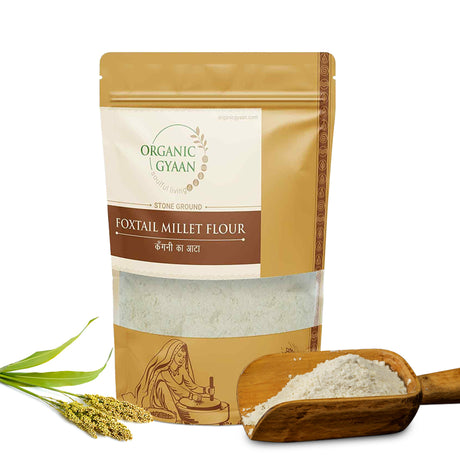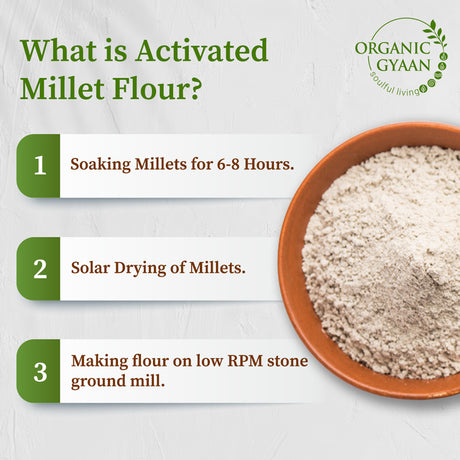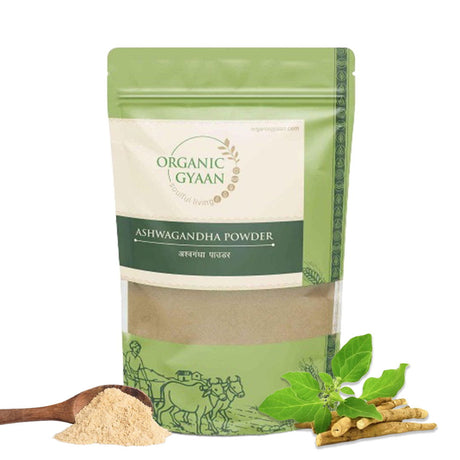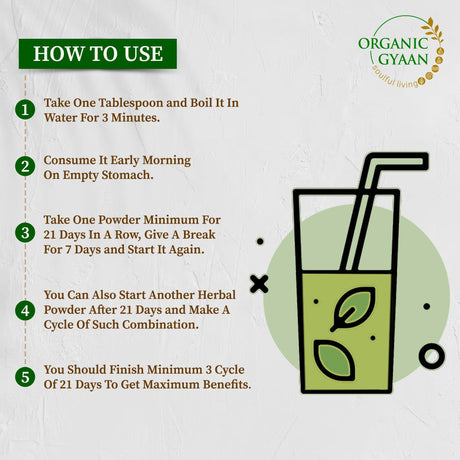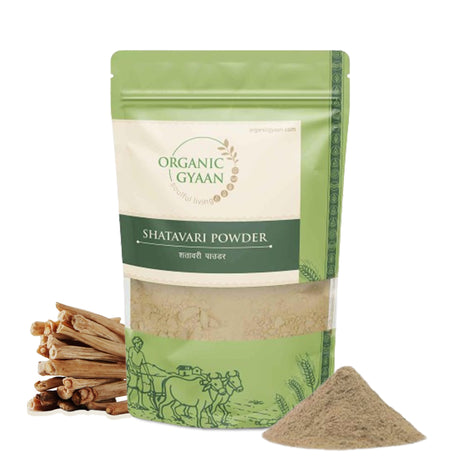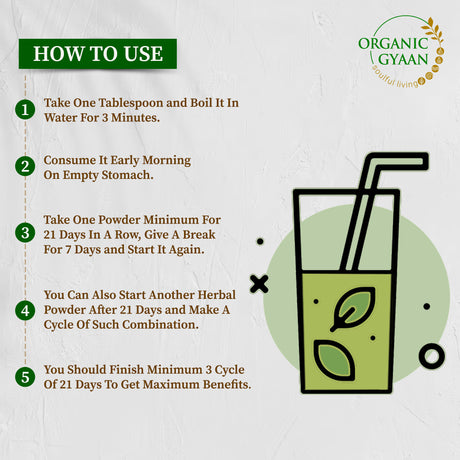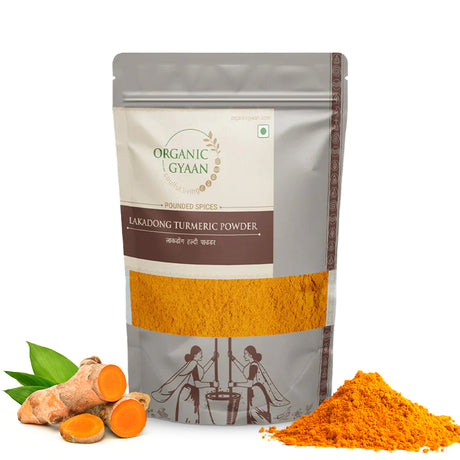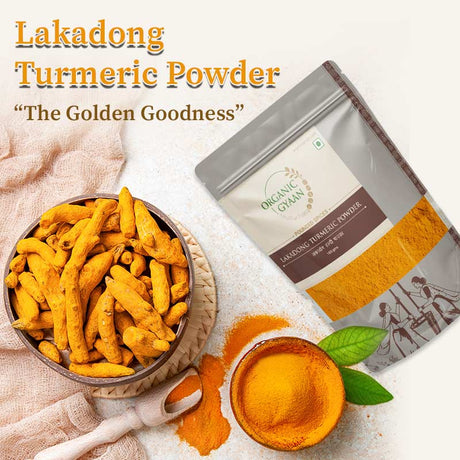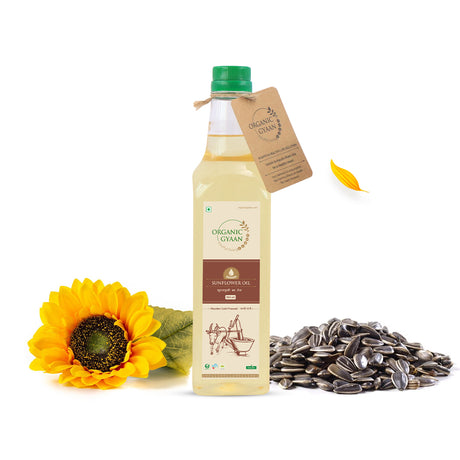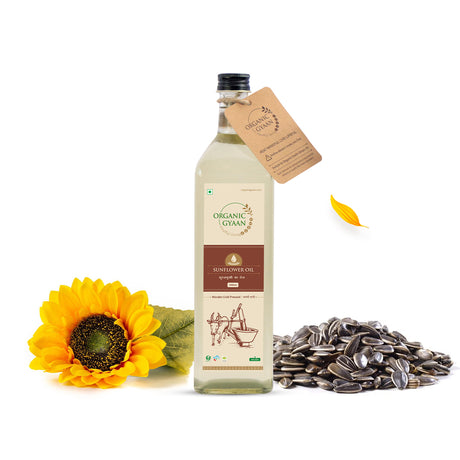Is managing your blood sugar getting overwhelming? You're not alone. Many people with diabetes are looking for healthier food options that don't just taste good but also help keep their sugar levels balanced. One such group of foods gaining attention again is millets-ancient grains that are rich in nutrients, low in glycemic index, and excellent for diabetes management.
In this blog, we’ll explore:
- What makes millets good for diabetics
- The best types of millets (including Siridhanya millets)
- How to include them in your daily meals
- Natural herbs and products that complement millet-based diets
Let’s dive in and discover how millets for diabetes can make a real difference in your health.
Why Millets Are Great for Diabetes
Millets are tiny grains that have been part of Indian diets for centuries. They’re known for being high in fiber, low in glycemic index, and rich in essential minerals like magnesium, iron, and zinc.
Here’s why they’re ideal for people with diabetes:
- Low Glycemic Index: Foods that don’t spike your blood sugar quickly.
- High Fiber: Helps slow down digestion and sugar absorption.
- Natural & Whole: Unlike refined grains, millets are unprocessed.
- Gluten-Free: Great for those with gluten sensitivity.
Research suggests that including millets regularly in your diet can help improve insulin response, lower fasting blood sugar, and support weight management-making them a natural choice for diabetic care.
Top 6 Millets Good for Diabetes
Siridhanya is a special group of five positive millets believed to have strong healing properties for lifestyle-related diseases. These millets are ideal for anyone looking to balance their blood sugar naturally.
Let’s take a closer look at each:
1. Foxtail Millet (Thinai / Kangni)
Foxtail millet is light, easy to digest, and packed with complex carbs and dietary fiber. Its glycemic index is around 50, which is considered low and suitable for people with diabetes.
How it helps:
- Releases glucose slowly into the bloodstream
- Reduces hunger pangs by keeping you full for longer
- Improves digestion and metabolism
How to use:
You can use foxtail millet instead of white rice or wheat in daily meals like upma, dosa, or khichdi.
2. Kodo Millet (Varagu / Kodra)
Kodo millet is one of the Siridhanya millets and is known for its ability to regulate blood sugar levels and detox the body.
How it helps:
- Rich in antioxidants that reduce internal inflammation
- Improves insulin sensitivity
- Helps manage body weight-a key factor in diabetes
How to use:
Cook it just like rice or include it in your dosa or roti flour mix.
3. Little Millet (Samai / Kutki)
Little millet is another powerful Siridhanya millet. It’s light, easy to digest, and has a pleasant nutty flavor.
How it helps:
- Supports gut health and better sugar absorption
- Keeps blood sugar levels steady throughout the day
How to use:
Make porridge, upma, or even millet-based desserts using jaggery or dates for sweetness.
4. Barnyard Millet (Sanwa / Jhangora)
Barnyard millet is low in carbohydrates and high in fiber, making it ideal for people who want to manage both weight and blood sugar.
How it helps:
- Aids in faster digestion and metabolism
- Reduces blood glucose spikes after meals
How to use:
Use it in place of rice in pulao or mix it with vegetables for a nourishing khichdi.
5. Browntop Millet
One of the most nutrient-dense Siridhanya millets, browntop millet is great for cleansing the digestive system and promoting sugar control.
How it helps:
- Removes toxins from the body
- Supports pancreas health, which is essential for insulin production
How to use:
Use it as a base for tikkis, pancakes, or simply steam it and pair with dal.
6. Finger Millet (Ragi)
While not part of the Siridhanya group, Ragi is widely used in India for managing diabetes due to its rich calcium and iron content.
How it helps:
- Contains amino acids that reduce blood sugar
- Helps in controlling food cravings, especially for sweets
How to use:
Prepare Ragi dosa, Ragi malt (without sugar), or Ragi roti.
How to Include Millets in Your Daily Diet
If you’re just starting out with millets, here are a few simple tips to ease into it:
Smart Ways to Add Millets:
- Replace white rice with millets 2–3 times a week.
- Mix different millets for variety and better nutrition.
- Use millet flour in rotis or pancakes.
- Soak millets before cooking to improve digestion.
- Cook millets with spices and veggies for balanced meals.
Start small-swap just one meal a day-and slowly increase as your body adjusts.
Conclusion
Millets are no longer just “old-fashioned grains.” They’re nutrient-rich, diabetes-friendly superfoods that can make a big difference in your blood sugar levels and overall health. By choosing millets good for diabetes, especially Siridhanya millets, you take a natural, holistic step toward wellness.
Start with small changes-replace rice, try new recipes, and include herbal powders that support your health goals. With consistency and care, you’ll not just manage diabetes better but feel more energetic and in control.

